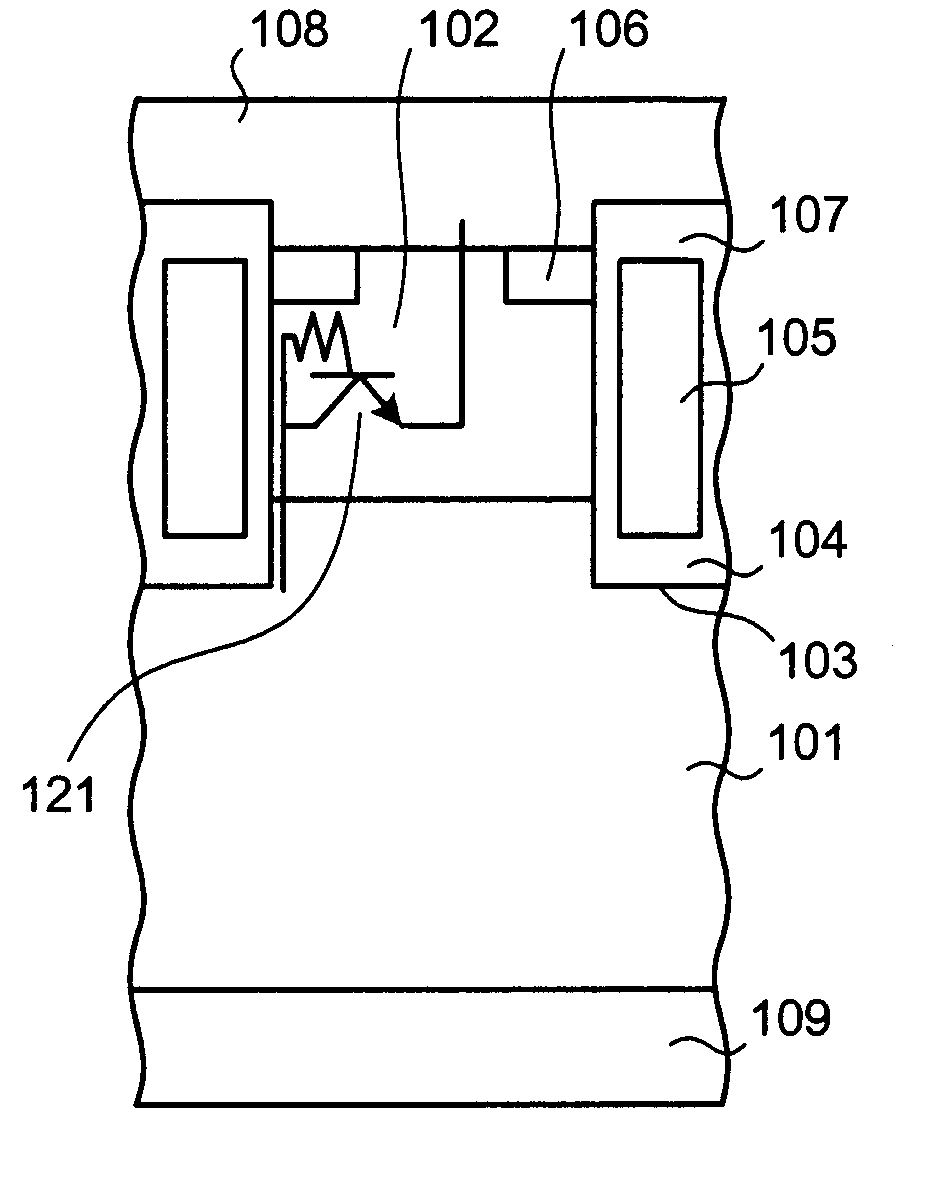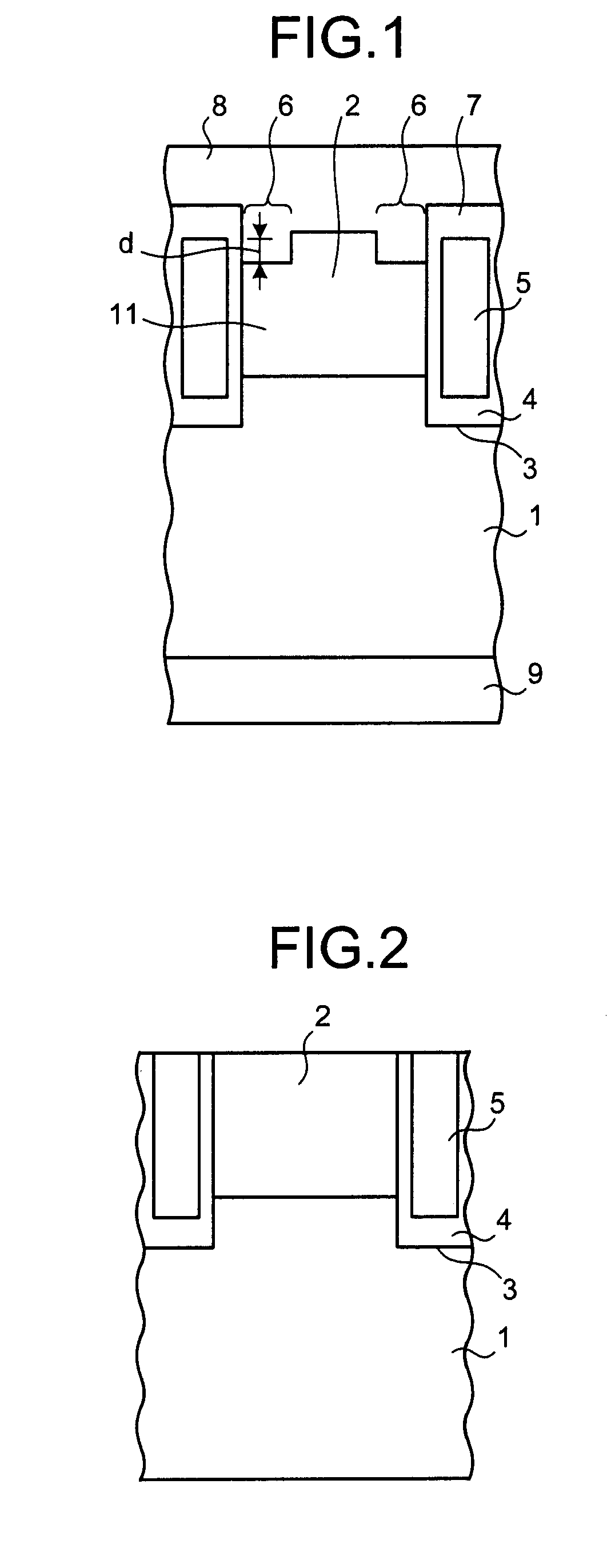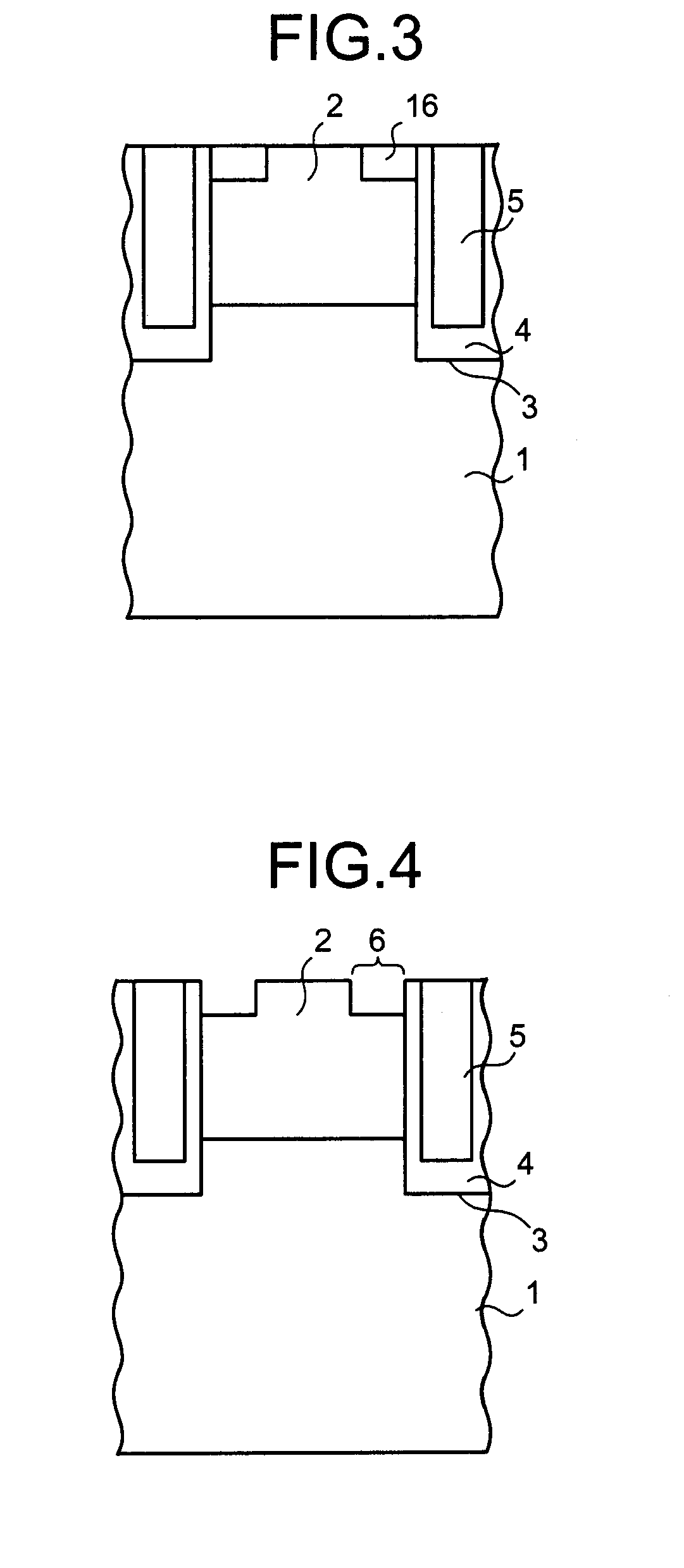Semiconductor device and fabrication method of semiconductor device
a semiconductor device and semiconductor technology, applied in the direction of semiconductor devices, basic electric elements, electrical appliances, etc., can solve the problems of affecting the operation of the original semiconductor device, the operation of the parasitic element is likely to be abnormal, and the semiconductor device may exceed the safe operation rang
- Summary
- Abstract
- Description
- Claims
- Application Information
AI Technical Summary
Benefits of technology
Problems solved by technology
Method used
Image
Examples
first embodiment
[0030]A method of fabricating such a semiconductor device will be described. FIGS. 2 to 5 are cross-sectional views of a semiconductor device and depict a fabrication method thereof according to the First, as depicted in FIG. 2, the p-type base region 2 is laid by an epitaxial growth method, for example, on the surface of the semiconductor substrate forming the n−-type drift region 1. For example, photolithography is used for forming the trench 3 that penetrates the base region 2 to reach the drift region 1. The gate insulating film 4 made up of a thin silicon dioxide film (SiO2) is then formed on the side surface and the bottom surface of the trench 3 by a thermal oxidation method, for example. The gate electrode 5 is formed inside the trench 3 via the gate insulating film 4 by embedding polysilicon (Poly-Si), for example.
[0031]As depicted in FIG. 3, an impurity region 16 is then formed in the surface layer of the base region 2 by introducing an impurity into a region deeper than ...
fourth embodiment
[0043]FIG. 10 is a cross-sectional view of a semiconductor device according to a In the semiconductor device depicted in FIG. 10, a p-type base region 22 is selectively disposed on a surface layer of a semiconductor substrate acting as an n−-type drift region 21. The base region 22 has an impurity concentration higher than that of the drift region 21. The drift region 21 corresponds to a first semiconductor region. The base region 22 corresponds to a second semiconductor region.
[0044]A second recess portion 26 is formed in the surface layer of the base region 22. Therefore, the base region 22 has an uneven surface shape made up of the first recess portion 6 and a protruding portion without the first recess portion 6. In the surface of the semiconductor substrate, a gate electrode 25 is disposed via a gate insulating film 24 to cover the protruding portion of the base region 22 and to project into the second recess portion 26. Therefore, the second recess portion 26 is disposed to o...
PUM
 Login to View More
Login to View More Abstract
Description
Claims
Application Information
 Login to View More
Login to View More - R&D
- Intellectual Property
- Life Sciences
- Materials
- Tech Scout
- Unparalleled Data Quality
- Higher Quality Content
- 60% Fewer Hallucinations
Browse by: Latest US Patents, China's latest patents, Technical Efficacy Thesaurus, Application Domain, Technology Topic, Popular Technical Reports.
© 2025 PatSnap. All rights reserved.Legal|Privacy policy|Modern Slavery Act Transparency Statement|Sitemap|About US| Contact US: help@patsnap.com



